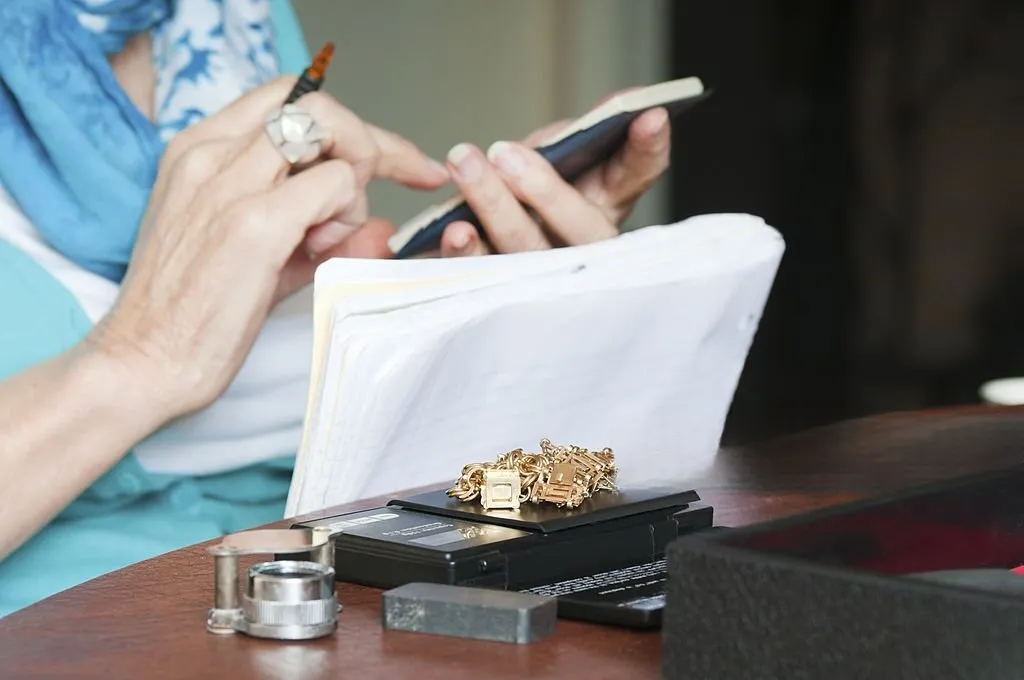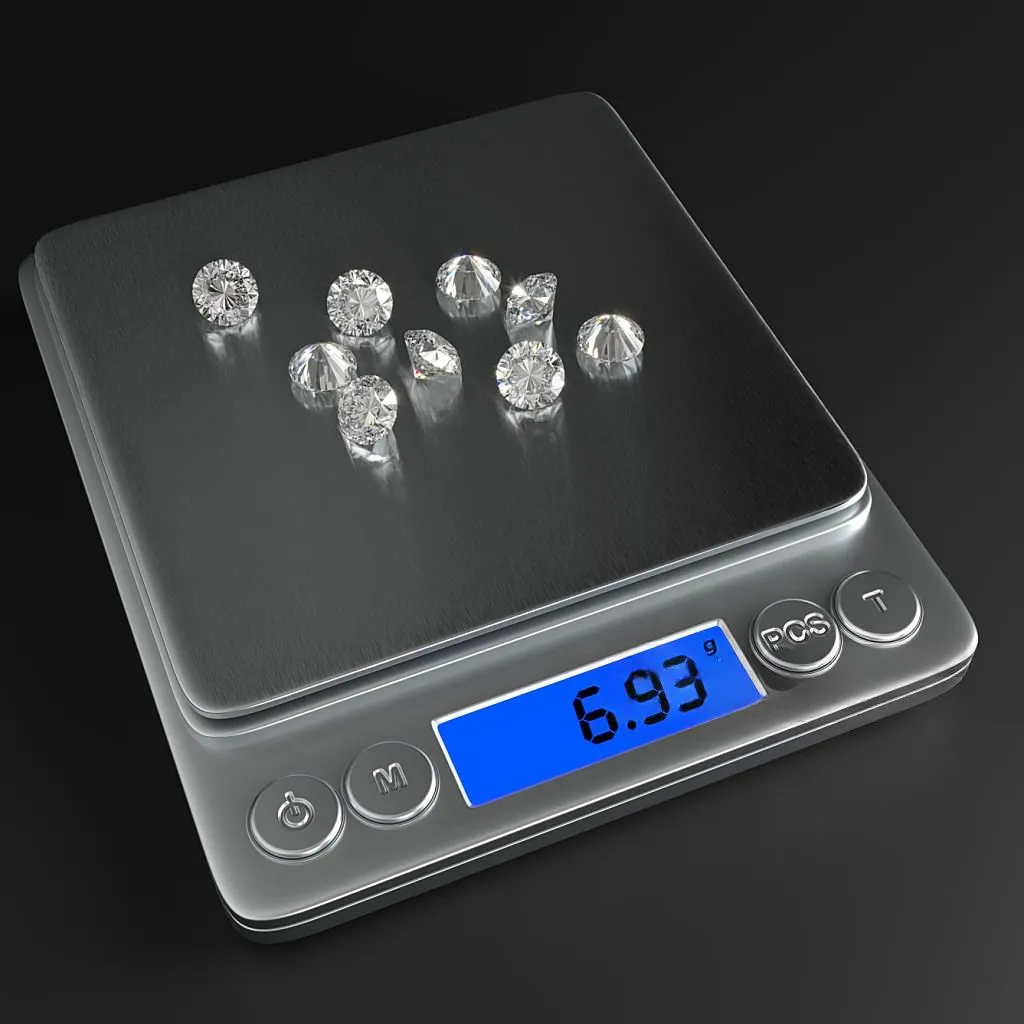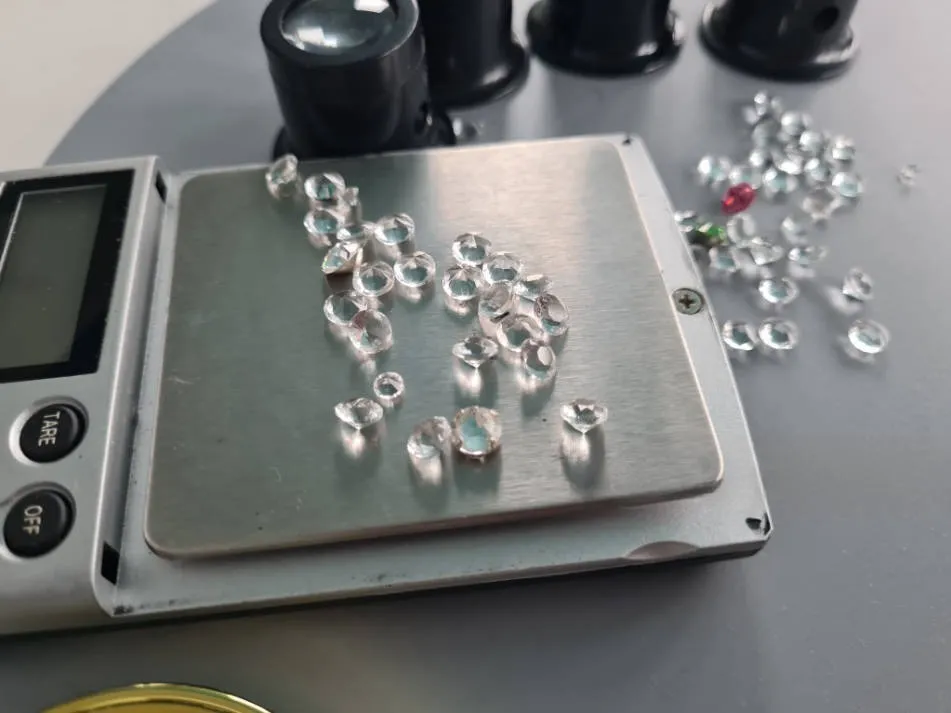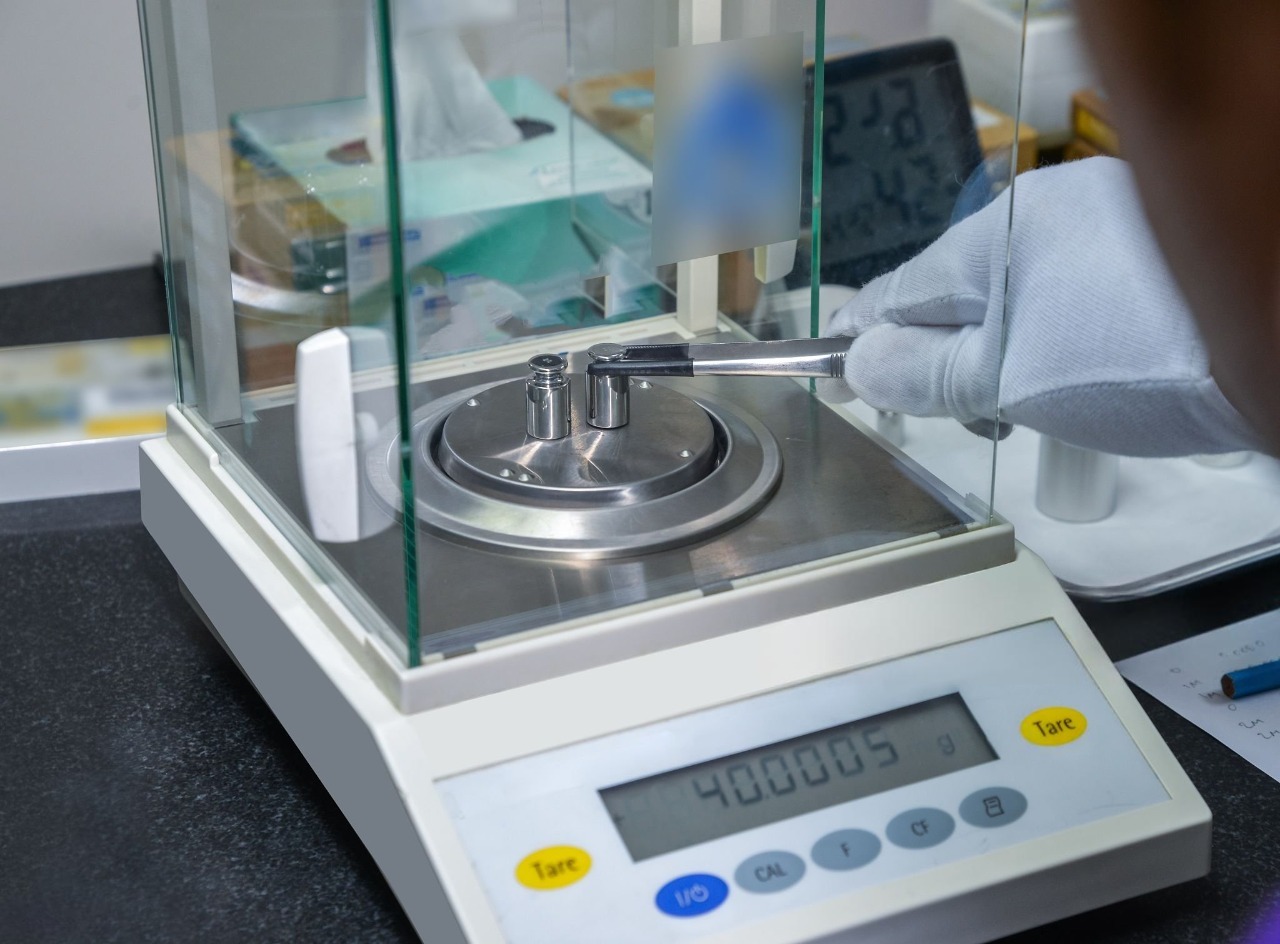Introduction: Why Environment Matters
For jewelers, pawnbrokers, and collectors, the accuracy of a jewelry scale is everything. A tiny miscalculation when weighing gems, gold, or rare pieces can skew appraisals, derail transactions, or erode trust. While a high-quality, well-calibrated scale is crucial, many overlook a sneaky culprit: the environment. Temperature and humidity can quietly sabotage your measurements. By understanding and controlling these factors, you can keep your jewelry scale delivering precise, reliable results every time.

Part 1: Setting Up the Perfect Environment for Your Jewelry Scale
The right environment is your first defense against inaccurate readings. Even small deviations in temperature or humidity can throw off your jewelry scale.
Ideal Temperature and Humidity Ranges
Most precision jewelry scale models perform best at 20°C to 25°C (68°F to 77°F) with 40% to 60% relative humidity. These conditions, recommended by manufacturers, ensure the scale’s components work stably and accurately.
Why These Ranges Matter
These ranges aren’t random—they’re rooted in science:
- Thermal Expansion: Temperature swings cause materials in a jewelry scale (like load cells or springs) and jewelry itself to expand or contract, tweaking their weight response.
- Sensor Stability: Digital scale sensors thrive in a narrow temperature band. Too hot or cold, and they may drift or lose precision.
- Moisture Absorption: High humidity lets moisture seep into scale components or jewelry, adding extra weight. Excess moisture can also corrode electronics.
- Air Buoyancy: Temperature and humidity alter air density, which affects buoyant force. For an ultra-precise jewelry scale, this can slightly shift readings, especially for larger items.
How to Create a Stable Weighing Environment
To minimize the impact of temperature and humidity, consider the following practices:
| Action | Purpose |
| Avoid direct sunlight and heat sources | Prevent localized temperature increases that can affect the scale’s performance, leading to inaccurate measurements. |
| Minimize drafts and airflow | Strong drafts or airflow can apply pressure to the weighing pan, causing unstable readings and affecting accuracy. |
| Allow for acclimatization | Ensures that all internal components of the scale reach a stable temperature, reducing errors caused by temperature differences between environments. |
| Use a stable surface for the scale | A solid, level, and vibration-free surface prevents instability, ensuring the scale operates with precision, unaffected by small environmental changes. |
Part 2: Handling Temperature and Humidity Extremes
Sometimes, you can’t avoid less-than-ideal conditions. Knowing how to adapt keeps your jewelry scale accurate.
Weighing in High or Low Temperatures
- Hot Environments: Let the scale warm up longer (30–60 minutes) before use. Check calibration with a known weight, as heat can affect sensor response. Avoid prolonged use in extreme heat.
- Cold Environments: Give the scale extra time to reach room temperature. Cold can slow electronic components, so verify accuracy with a calibration weight before weighing.
Managing High or Low Humidity
- High Humidity: Ensure the scale and jewelry are dry. Use a dehumidifier to stabilize humidity. Watch for unstable readings, a sign of moisture interference.
- Low Humidity: Dry air can cause static buildup, which messes with a digital jewelry scale. An anti-static mat or spray can help.
The Importance of Recording Environmental Conditions
Maintaining a log of the temperature and humidity at the time of weighing can be invaluable, especially for critical measurements. This record can help you:
| Action | Purpose |
| Record temperature and humidity during weighing | Helps identify potential sources of error by cross-referencing environmental conditions with measurement inconsistencies. |
| Review historical records of conditions | Allows you to establish the ideal environmental conditions for the most consistent scale performance. |
| Maintain a log for audits or verification | Provides transparency and accountability by documenting the environmental factors during measurements, supporting external reviews. |
Part 3: Maintaining Your Jewelry Scale for Long-Term Accuracy
Proper care protects your jewelry scale from environmental wear and keeps it reliable.
The Power of Regular Calibration
Calibration aligns your scale with certified standards, countering environmental drift. To stay accurate:
- Calibrate on Schedule: Follow the manufacturer’s guidelines (e.g., weekly for heavy use, monthly for lighter use).
- Recalibrate After Extremes: If the scale faces unusual temperature or humidity, check calibration before critical weigh-ins.
- Use Certified Weights: Choose calibration weights matched to your scale’s precision and capacity.
Proper Cleaning and Storage to Prevent Environmental Damage
| Action | Purpose |
| Keep your jewelry scale clean | Dust and debris can interfere with the weighing pan and internal components, affecting accuracy. Regular cleaning with a soft cloth ensures proper function. |
| Protect from moisture | Storing your scale in a dry environment prevents rust or corrosion and protects sensitive internal components from damage. |
| Avoid extreme temperatures during storage | Extreme heat or cold can damage the scale’s components and lead to inaccurate readings. Avoid storing in places like cars or unheated units. |
| Handle with care | Physical shocks or vibrations can damage delicate internal mechanisms, making the scale more vulnerable to environmental influences. |
Conclusion: Master Your Environment, Master Your Scale
The accuracy of your jewelry scale isn’t just about the device—temperature and humidity play a massive role. By setting up a stable environment, adapting to extremes, and maintaining your scale with care, you’ll ensure every measurement is precise and trustworthy. Pair these tips with a top-notch jewelry scale from Stuccler, and you’ll have the confidence to weigh gems, gold, or collectibles flawlessly. Explore our range of high-precision jewelry scale models or reach out for expert advice today!




